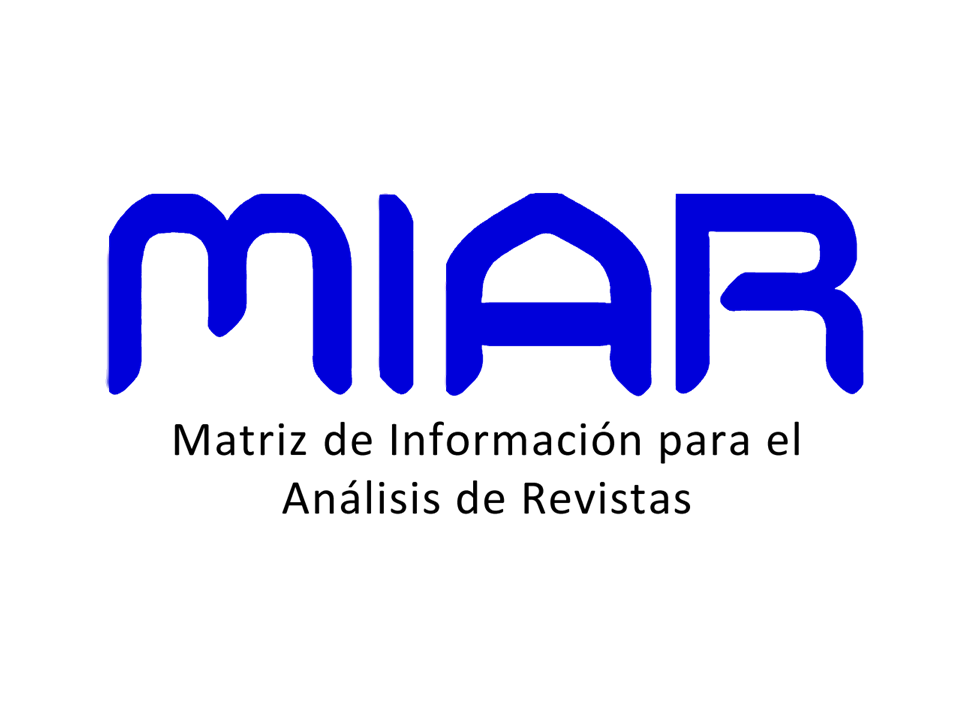READING SKILLS AND PRIOR KNOWLEDGE IN THE COMPREHENSION OF CAUSAL RELATIONS: MULTIPLE INTERACTIONS BETWEEN FORMAL SCHOOLING, TYPE OF INFORMATION AND COHESION MARKERS
DOI:
https://doi.org/10.22478/ufpb.1983-9979.2020v15n2.54942Keywords:
Psycholinguistics. Text. Semantic relations. Connectives. World knowledge.Abstract
The main objective of this paper is to analyze the interactions between reading skills, readers’ prior knowledge and the linguistic characteristics of texts, specifically during the comprehension of causal relations in Spanish. Within this framework, we also attempt to provide psycholinguistic evidence that will help us understand text-based learning processes. We present two psycholinguistic experiments to analyze the link between prior knowledge and readers’ formal schooling level with text variables, such as absence/ presence of connectives and the structure of causal relations during the text comprehension process. This gives us the possibility to simultaneously analyze several interactions. We evaluated response time, reading time, and accuracy in the responses. Our results show that not involving prior knowledge changes causal relations comprehension patterns, but also that in these cases, the presence of connectives not only facilitates the comprehension process but rather is a condition to make it possible. We also discuss the need to differentiate general reading skills from the area of expertise that the subjects may have, since these variables connect in specific ways with the different text types. In order to boost text-based learning processes it is necessary to display a clear range of conclusions referring to these multiple interactions.










